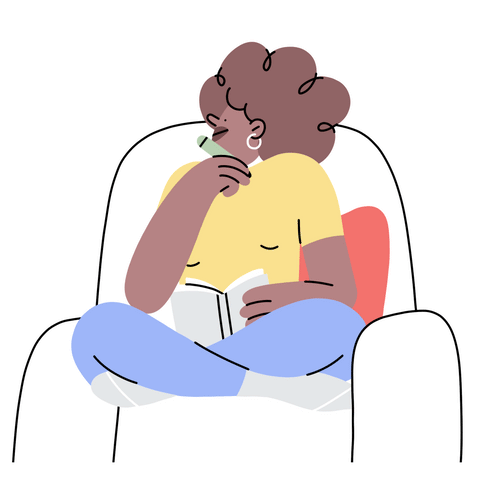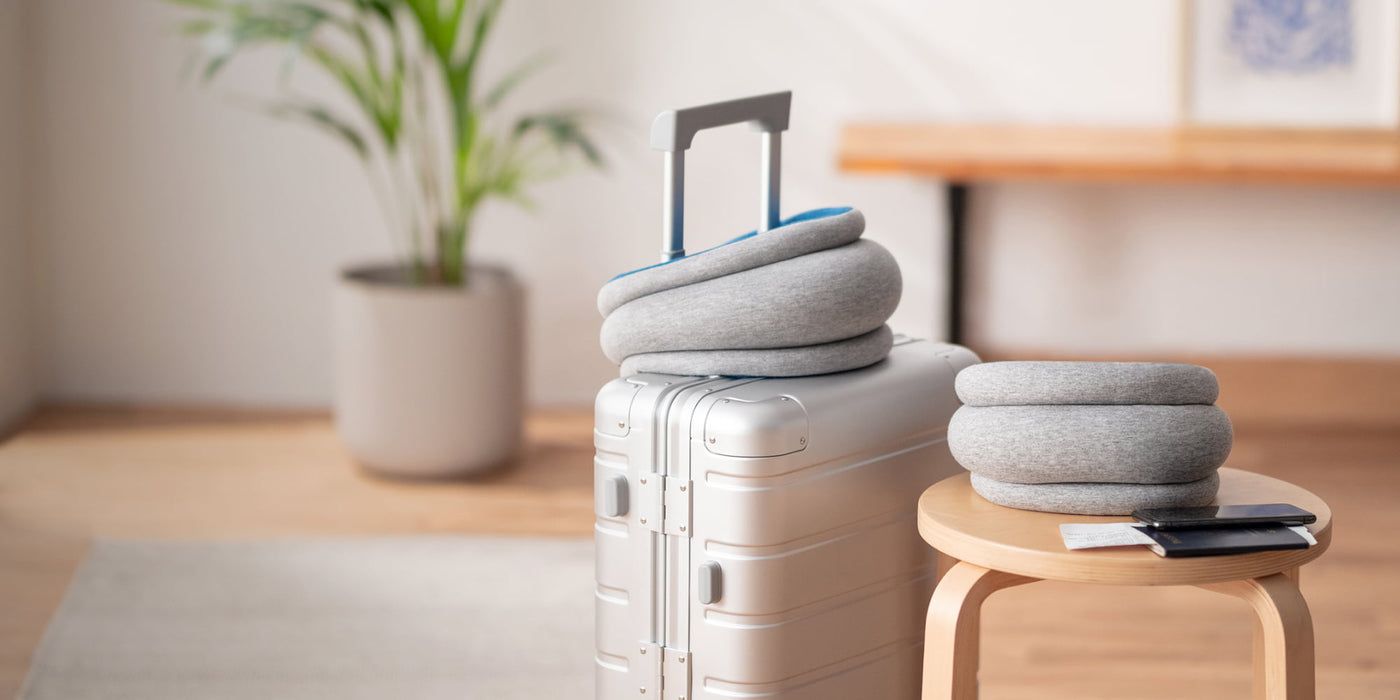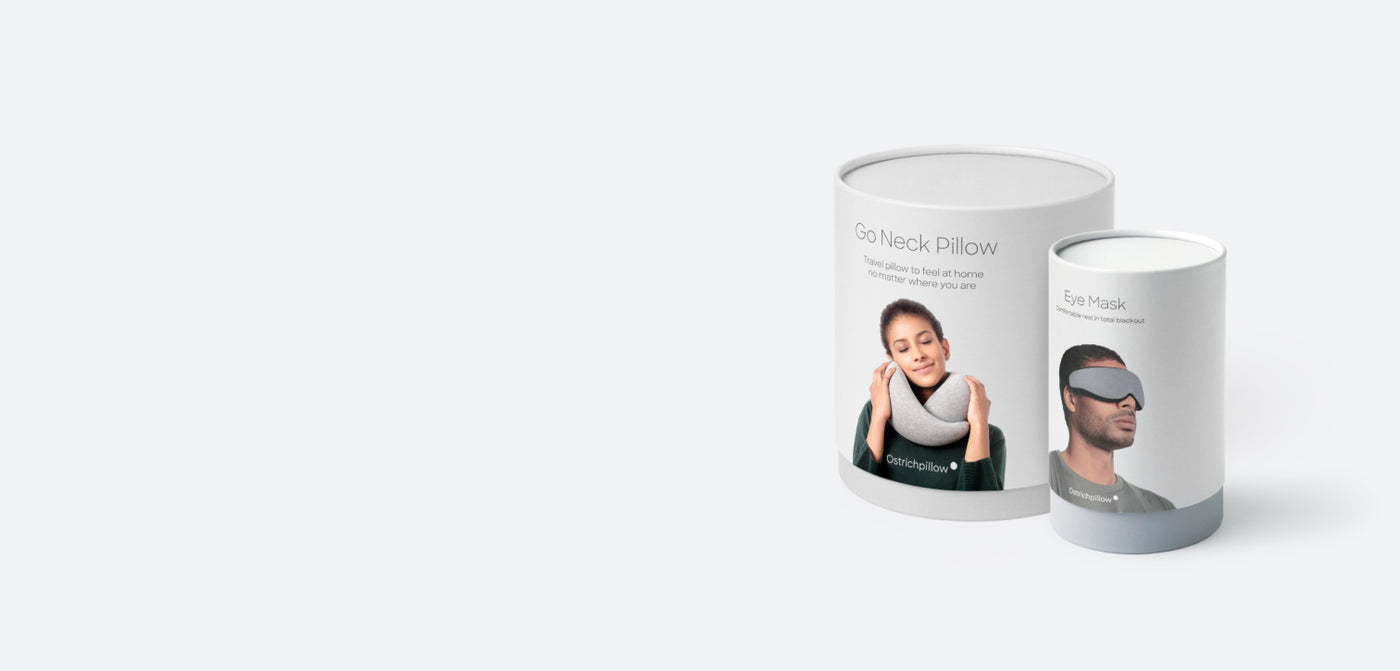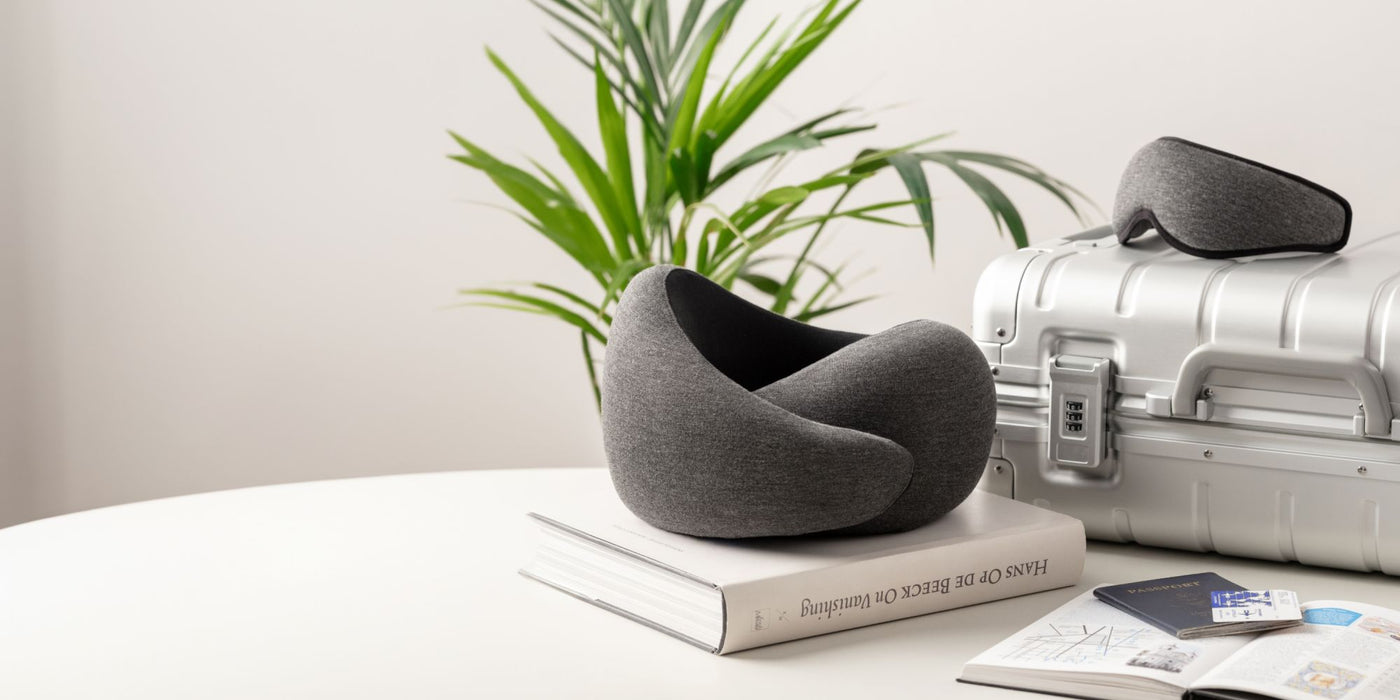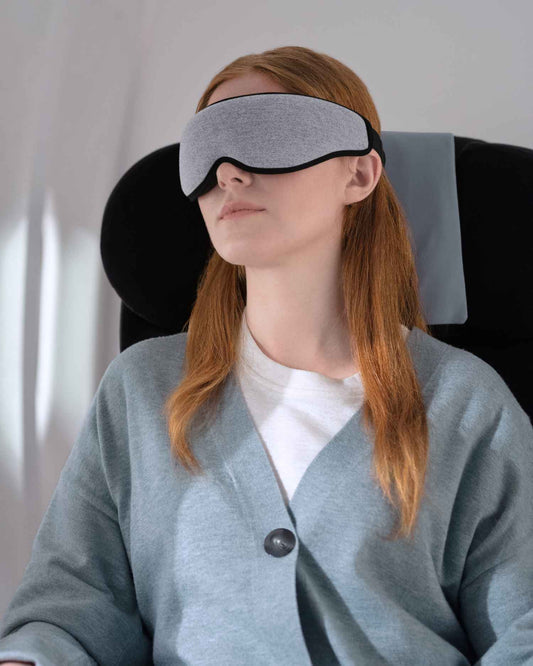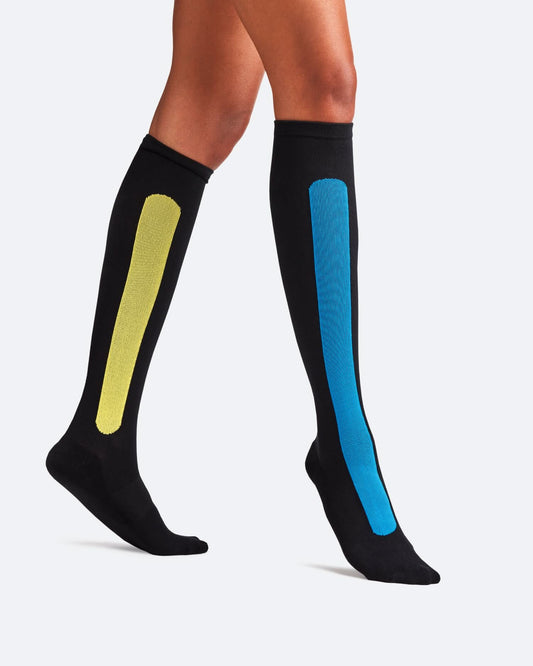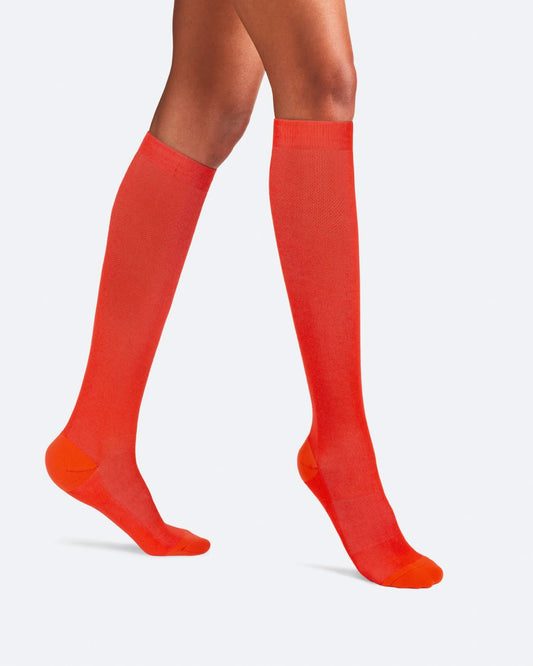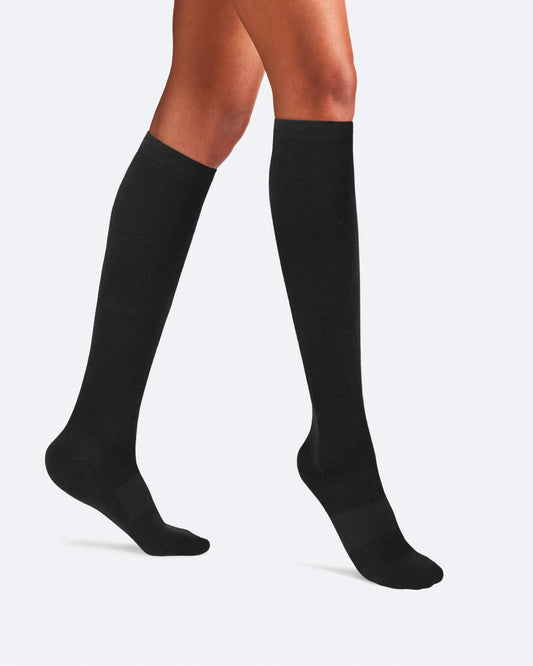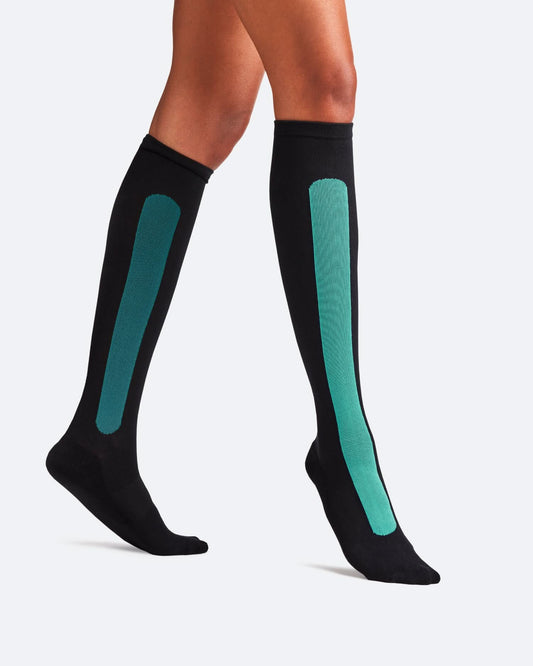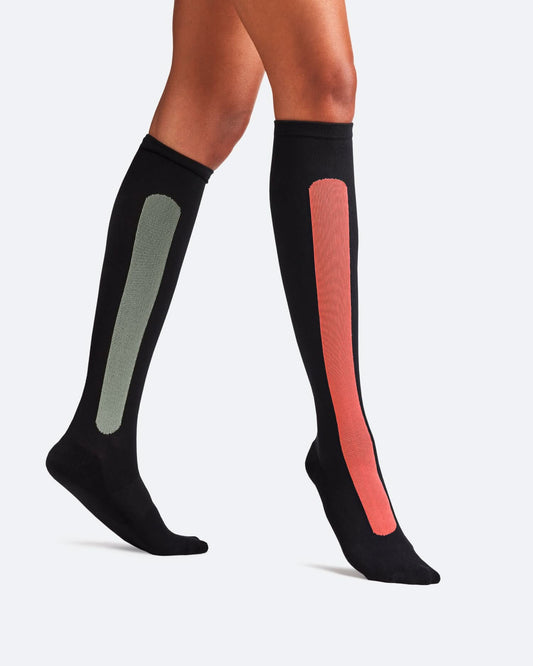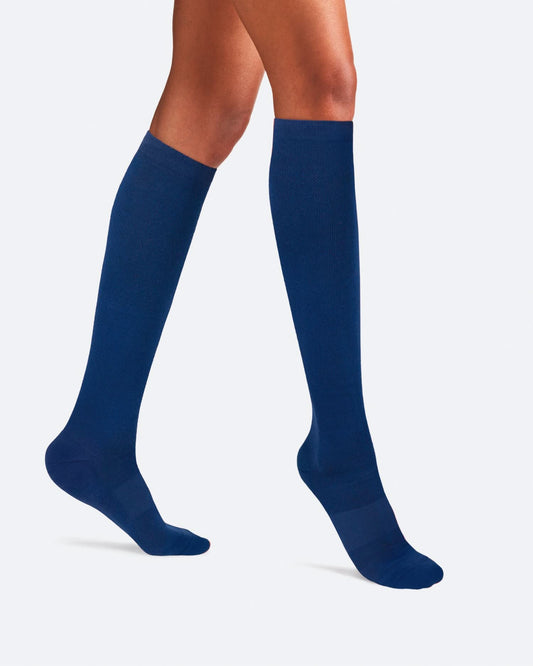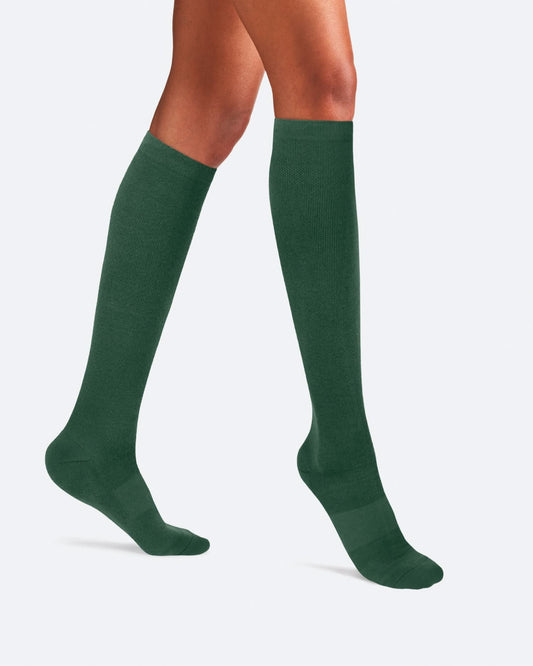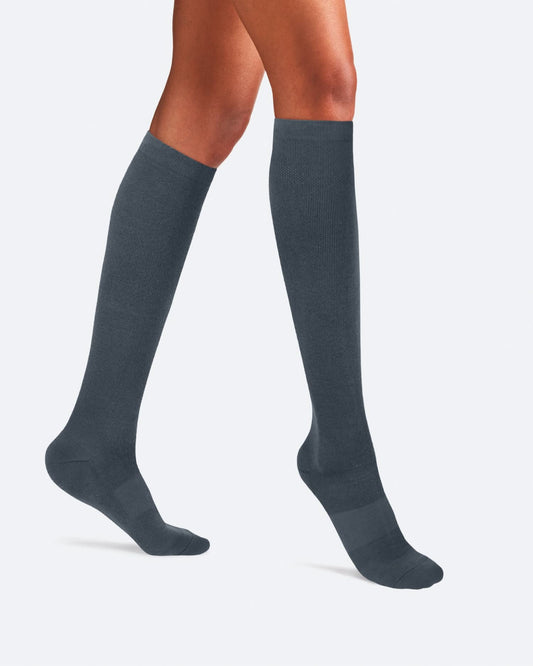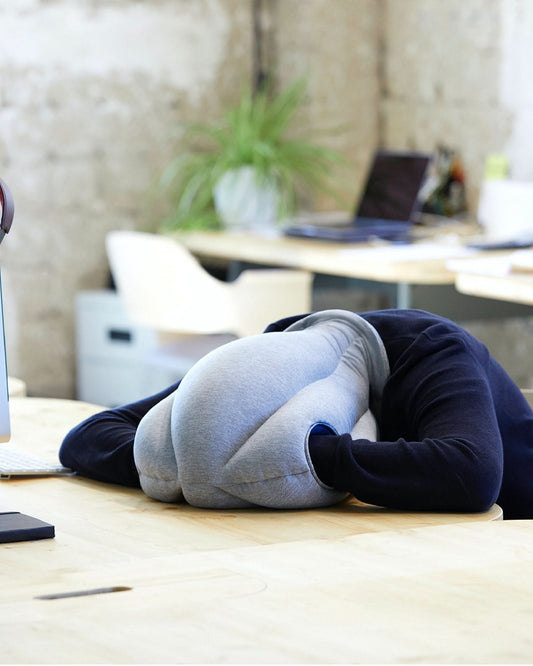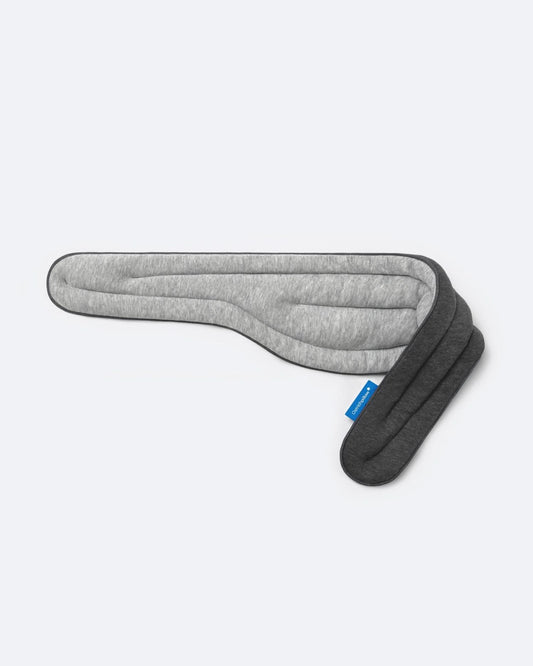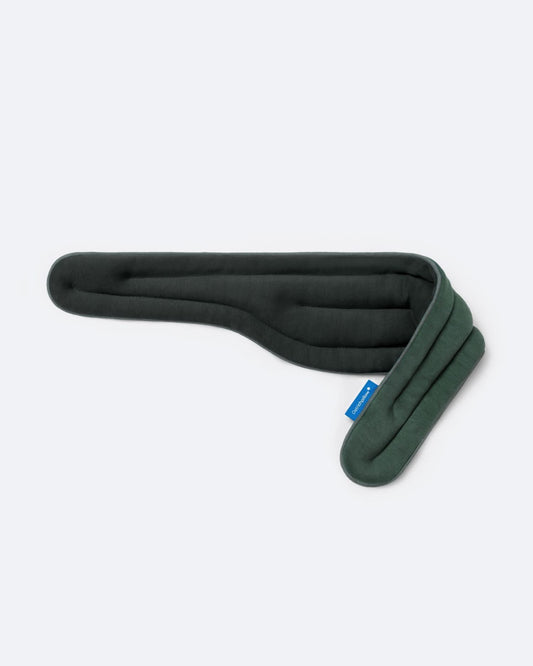Closing your eyes during the day has many health benefits, but it's important to control the timing if you don't want to wake up dizzy.
Among the long list of unusual things that science has devoted to research is one of the trickiest questions ever: how long should a nap be. It may seem like an irrelevant issue to waste the researchers' effort to, but just as the hours you spend to your nighttime sleep directly affect your health, the amount of time you spend resting during the day has its risks and benefits. Or is it that you've never risen from a nap worse than you've gone to bed? If you want to make the most of those minutes of sleep, keep reading.
I need a nap
For most of us, a nap is the most practical way to make up for a lack of nighttime sleep - even if our lifestyle doesn't allow us to take them very often. So if you're one of those lucky ones who sleep for eight hours straight every night, you might think you don't need a nap. But you need it. And there are several studies that have shown the multiple benefits of sleeping during the day.
For example, a research conducted in 2012 in the United States among university students showed that a nap helps lower heart rate and blood pressure after a day of psychological tension and stress. Another study, this time conducted by NASA in the 1990s, showed that pilots who took a short break during long flights increased their performance by 34% and even 100% their alertness. And as the director of Centro del Sueño de la Red de Salud de la Universidad Católica de Chile, Julia Santín, explains to the BBC, "It has been shown that napping increases productivity, especially in tasks such as construction or truck driving”. Even large companies like Apple and Google already encourage their employees to do it.
So now that you're convinced that napping is good for your life, it's time to clarify how long should a nap be.

How to power naps
We are not going to lie, finding the perfect nap is like finding the Holy Grail: mission impossible. This is because not all people have the same needs or react the same. But after much research, the scientific community has come to interesting conclusions - gathered in an article in The Wall Street Journal - about different nap durations and their different utilities. You just have to choose which one suits you best.
10 to 20 minutes
This express nap that you can easily apply to your daily life is recommended to increase the level of alertness and energy. Its short duration allows you to enter a pre-REM sleep from which it is easy to wake up with your battery recharged. There is even a study in the Journal of Sleep Research which ensures that it increases the ability to solve complex problems. And although it may seem surprising, it is better to take it slightly upright rather than lying down.
30 minutes
Although this type of naps favour the recovery of the sleep hours lost during the night, they can also provoke sleep inertia, that sensation of waking up dizzy -like a hangover- and less alert than before going to bed. This happens because a deep sleep cycle is interrupted, which can be counterproductive. To avoid this, NASA sets 25.8 minutes as the perfect length. It's a good idea to have an alarm clock handy.
60 minutes
This is not a nap that you can take every day, but it is the most recommended to improve the cognitive process. By including slow wave sleep, the deepest type, it helps you remember facts, names and faces more easily. But be cautious, waking up after an hour can cause an unpleasant sensation, as your body was already beginning to get used to the sleep mode.
90 minutes
It is the perfect solution for those who want to improve their creativity. It covers a complete sleep cycle, including the REM phase, where dreams occur. It also increases emotional and procedural memory, so it will help you in tasks like learning to play the piano. It does not present the problem of sleep inertia, so you will wake up full of energy.
Now that you know how long should a nap be, you just need to choose the one that best suits your needs at all times. And for all of them, there's nothing better than an OSTRICHPILLOW Original, the authentic immersive napping pillow with which to create your own dream world away from external turbulence. Don't forget to set an alarm!
Want to keep dreaming?
At OSTRICHPILLOW we're all about travel, discovery, and the unexpected.Join our community of dreamers and you'll receive special offers and inspiration fresh to your inbox.
Header photo by Inside Weather on Unsplash.
Photo by Vladislav Muslakov on Unsplash
Photo by Benjamin Combs on Unsplash
